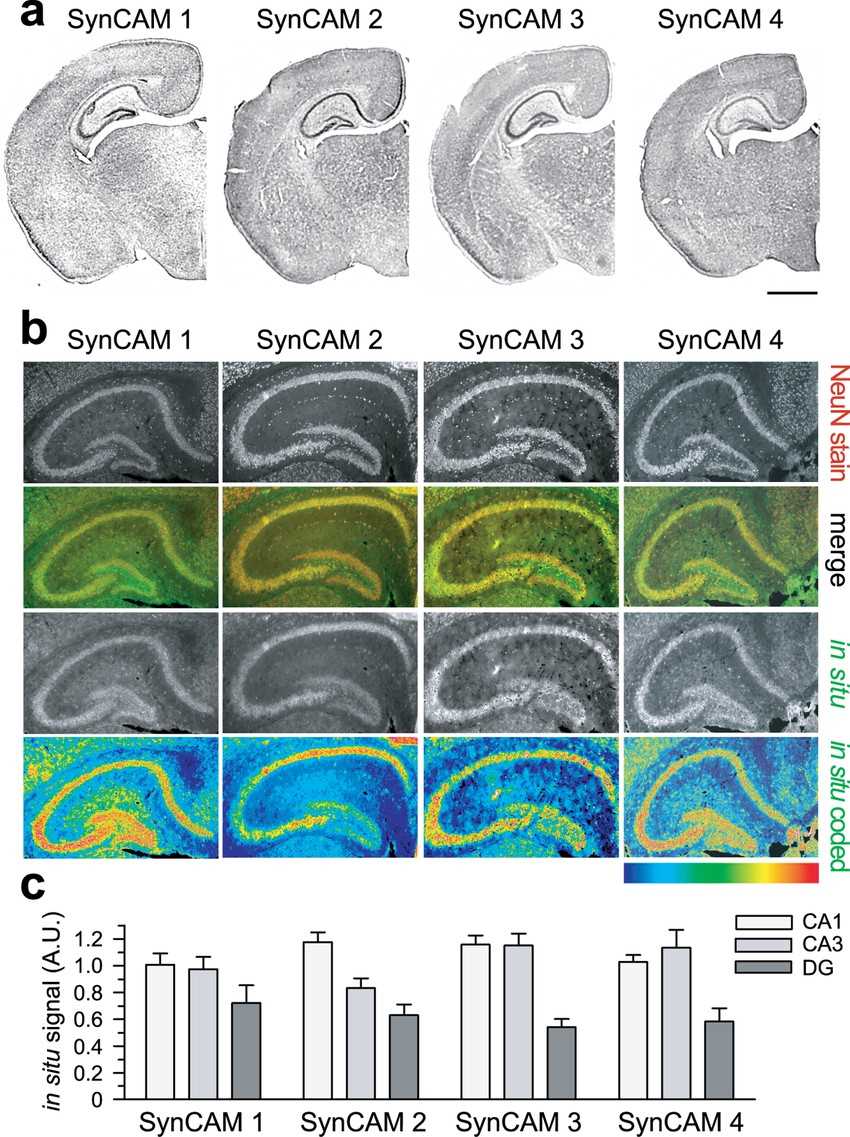IGSF4/SynCAM Family
Related Symbol Search List
Immunology Background
About IGSF4/SynCAM Family
The IGSF4/SynCAM family is a group of proteins that belong to the immunoglobulin superfamily (IGSF). The name SynCAM stands for Synaptic Cell Adhesion Molecules, which reflects their function in promoting cell-cell adhesion in the nervous system.
The IGSF4/SynCAM family consists of four members: SynCAM1, SynCAM2, SynCAM3, and SynCAM4. These proteins are primarily expressed in the brain, where they play important roles in various processes, such as neuronal development, synapse formation, and synaptic plasticity.
IGSF4/SynCAM proteins are characterized by their extracellular immunoglobulin-like domains, which mediate their adhesive properties. These proteins interact homophilically, meaning that they can bind to other members of the same family in neighboring cells. This interaction results in the formation of tight junctions or adhesion complexes between the cells, facilitating stable cell-cell contacts.
 Fig.1 SynCAM proteins are predominantly expressed in neurons and display differential expression patterns in the hippocampus. (Fogel AI, 2007)
Fig.1 SynCAM proteins are predominantly expressed in neurons and display differential expression patterns in the hippocampus. (Fogel AI, 2007)
Biological Functions of IGSF4/SynCAM Family
The IGSF4/SynCAM family plays important roles in various biological functions. Some of the biological functions associated with this family include:
Cell Adhesion: The IGSF4/SynCAM family proteins are known to mediate cell-cell adhesion. They interact with other members of the family or other cell adhesion molecules on neighboring cells to form intercellular adhesive contacts. This adhesion is crucial for processes such as tissue formation, organ development, and maintenance of tissue integrity.
Neuronal Development and Synaptic Function: Several members of the IGSF4/SynCAM family are highly expressed in the nervous system and participate in synaptic development, maintenance, and function. They are involved in processes such as synapse formation, synaptic transmission, and synaptic plasticity. These proteins play a role in the organization and stabilization of synaptic connections, contributing to proper neuronal circuit formation.
Neural Network Remodeling: IGSF4/SynCAM family proteins have been implicated in remodeling of neural circuits during development and in response to environmental cues. They mediate structural changes in synapses and neural circuits that are necessary for neural plasticity, learning, and memory formation.
Immune Cell Interactions: Some members of the IGSF4/SynCAM family are involved in immune cell interactions. They facilitate cell-cell adhesion between immune cells and regulate immune cell activation, migration, and communication. These proteins contribute to the formation and functioning of immune synapses, which are specialized structures crucial for immune responses.
Tumor Progression and Metastasis: Dysregulation of IGSF4/SynCAM family proteins has been implicated in tumor progression and metastasis. They can modulate cell adhesion and migration, thereby influencing the invasive and metastatic properties of cancer cells. Some members of this family have also been suggested as potential diagnostic and prognostic markers for various types of cancer.
The Significance of Studying The IGSF4/SynCAM Family
By studying the IGSF4/SynCAM family, researchers aim to understand the molecular mechanisms underlying synapse formation and synaptic function. This research can provide insights into various neurological and psychiatric disorders, as disruptions in synapse formation and function are implicated in conditions such as autism spectrum disorders, schizophrenia, and intellectual disabilities.
The study of IGSF4/SynCAM proteins involves investigating their structure, localization, interactions with other molecules, and their functional roles in synapse formation, stability, and plasticity. Scientists use various techniques, including molecular biology, biochemistry, neurophysiology, and imaging, to unravel the complex mechanisms involved in the IGSF4/SynCAM family's function.
The knowledge gained from studying IGSF4/SynCAM family members may have implications for the development of targeted therapies to treat neurological disorders or enhance cognitive function. Additionally, these studies could contribute to a better understanding of the fundamental processes underlying brain development and function.
Available Resources for IGSF4/SynCAM Family
Creative BioMart offers a variety of recombinant proteins, cell and tissue lysates, and protein pre-coupled magnetic beads that are related to IGSF4/SynCAM Family. These products are specifically designed to assist you in performing a range of studies such as Western blotting, proteome analysis, and protein interaction research.
We also provide customization services that include protein expression, purification, and assay development, which are tailored to address your specific needs and inquiries about IGSF4/SynCAM family research.
Additionally, we offer a wide range of technical resources, including application notes and experimental protocols, to improve your understanding and increase the success of your IGSF4/SynCAM family research experiments.
The following are IGSF4/SynCAM family-related molecules. Click on the molecule/target to view the research reagents.
Reference:
- Fogel AI, Akins MR, Krupp AJ, Stagi M, Stein V, Biederer T. SynCAMs organize synapses through heterophilic adhesion. J Neurosci. 2007;27(46):12516-12530. doi:10.1523/JNEUROSCI.2739-07.2007.

